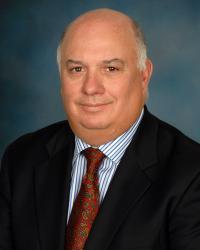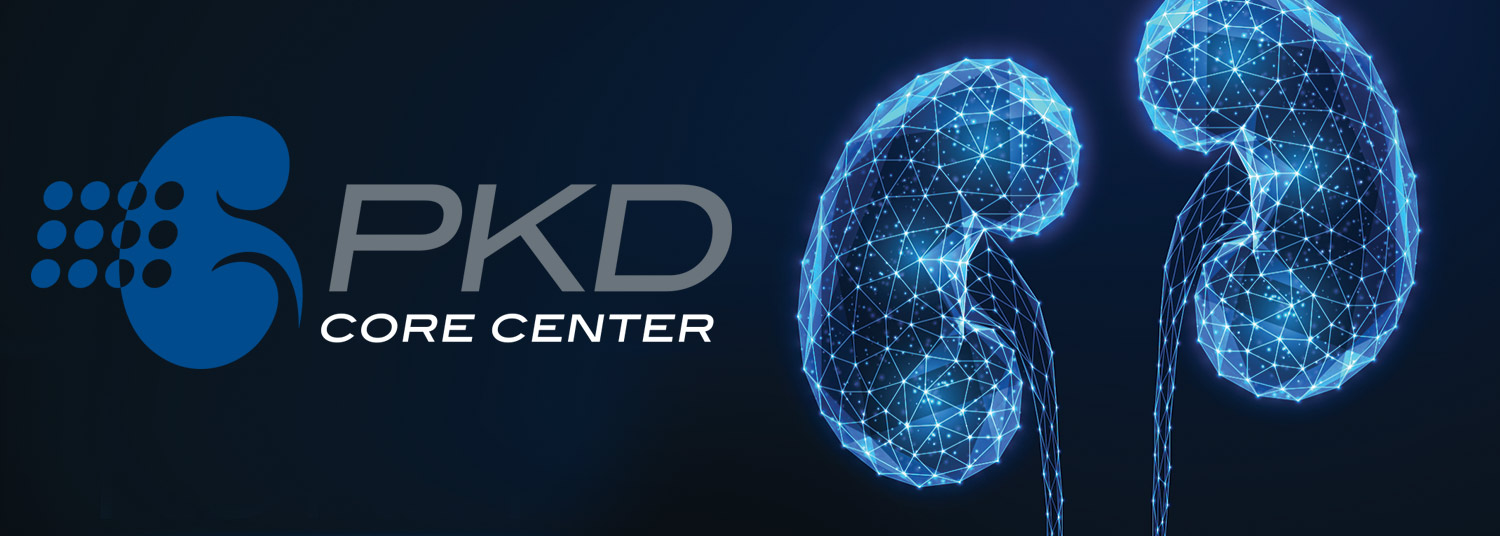Cell Culture and Cell Engineering Core
Core Director

Owen Woodward, PhD
Email
Phone: 410-706-1760
Core Co-Director

Paul Welling, MD
The goal of this core is to establish a repository of renal epithelial immortalized and clonal cell lines derived from genetic animal models relevant to PKD.
Our repository will include cell lines from different regions of mouse kidney, specific nephron segments, male and female, and with and without mTmG Cre reporter. We have selected clones and various attributes, most importantly their ability to grow tubuloids/spheroids in 3D culture. The cell lines are perfect for discovery science or for screens based on the robust correlation between Pkd1/2 KO and tubuloid/cyst morphology.
Available Cell Models
- Mouse inducible Pkd1 KO cell lines: Pax8rtTA;TetO-Cre;Pkd1cond/cond Immortalized (SV40) and clonal (derived from cortical or medullary nephron segments)
- Mouse inducible Pkd1 KO cell lines with the mTmG CRE reporter. These cell exhibit a change in fluorescent protein expression from red to green in cells where CRE is active and Pkd1 has been deleted (confirmed by flow cytometry PMID: 32513820): Pax8rtTA;TetO-Cre;mTmG; Pkd1cond/cond Immortalized (SV40) and clonal
- Mouse inducible Pkd2 KO cell lines: Pax8rtTA;TetO-Cre; Pkd2cond/cond Immortalized (SV40) and clonal (derived from medullary nephron segments)
- Pkd1v/v (knock in GPS cleavage mutant) with wild type matched control. Proximal tubule or distal tubule/collecting duct
3D Tubuloid Models
We have worked to identify specific clones that grow well in 3D culture. These are clones that in the uninduced state (WT Pkd1/2) grow as tubuloids (epithelial structures that grow as closed ended tubes in Matrigel) or grow as large spheroids / cysts after the induction of Pkd1/2 KO. In addition to the selected clones we will provide protocols necessary for advanced 3D tubuloid modeling of cystogenesis. These cell lines are isogenic and inducible, allowing for a better understanding of the process of cyst initiation without the clonal variability inherent in many cell models.
ADPKD Tissue and Primary Cells
In collaboration with the Clinical Core, we offer several resources from our human ADPKD kidney biobank. We have primary cells derived from hundreds of unique cysts from human nephrectomized ADPKD kidneys. In addition, we have the corresponding cyst fluid, frozen and fixed samples, often all from the same cyst. Our bank includes tissue from both males and females, and a number with characterized germline PKD1 mutations. We offer as controls NHK samples and cells (cortex or medulla) collected from kidneys not suitable for transplant.

